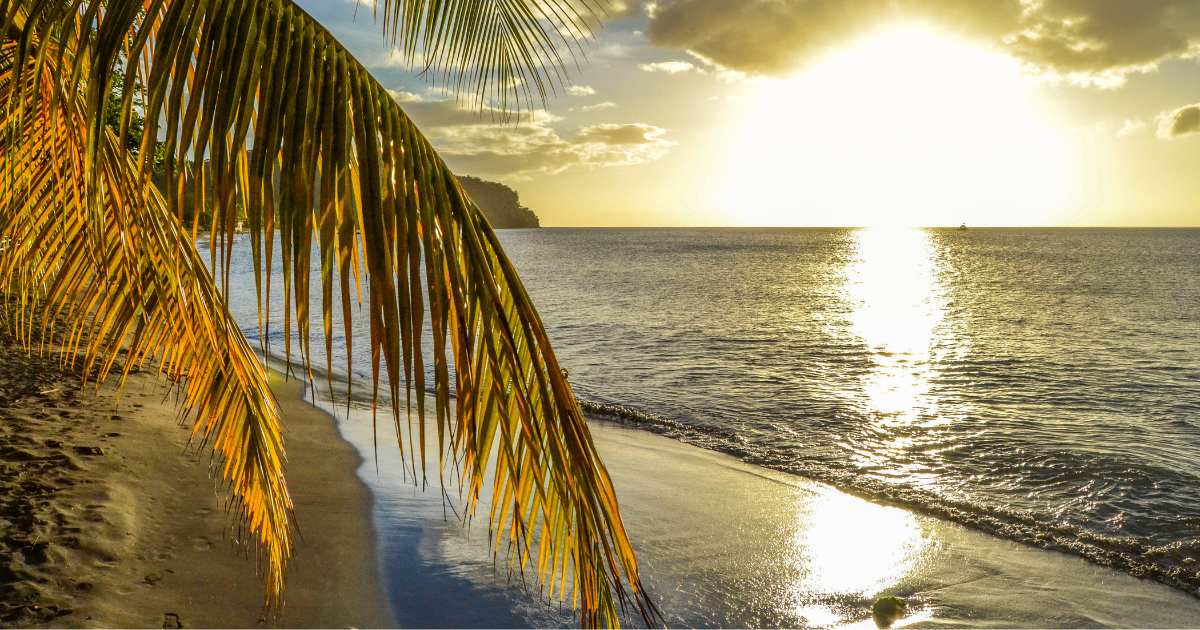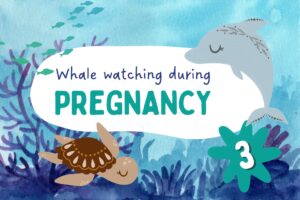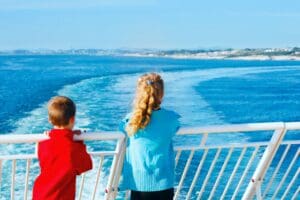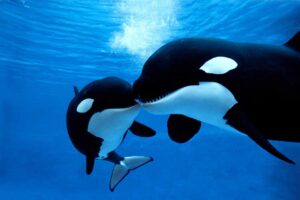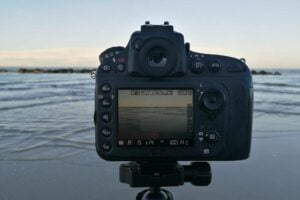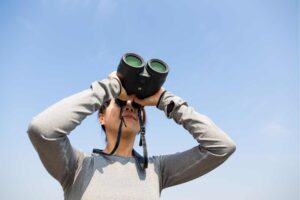Whale Watching in Dominicana: Top 10 Must-Do Activities
Whale watching in the Dominican Republic presents an unrivaled opportunity to observe one of nature’s most majestic creatures in its natural habitat. From the vast Samaná Bay, acclaimed for its Sanctuary of the Humpback Whales, to the scenic coasts of Puerto Plata, your encounter with these gentle giants promises to be a highlight of your visit. During the peak months from January to March, humpback whales perform their annual migration to the warm Caribbean waters, making it an ideal period for you to witness their awe-inspiring presence.
The allure of the Dominican Republic extends far beyond its extraordinary whale watching experiences. This Caribbean gem is brimming with activities that showcase its rich culture, stunning landscapes, and vibrant atmosphere. Engage in a journey encompassing everything from lounging on the pristine sandy beaches to exploring the historical architectures that define the nation’s diverse heritage. Whether it’s embracing the thrill of ziplining through lush forests or savoring local delicacies, the Dominican Republic’s top attractions are sure to enrich your travel repertoire.
The Allure of Whale Watching in Dominica
Dominica offers an unparalleled experience for whale watching enthusiasts, combining the majesty of various whale species with the prime viewing conditions of the Caribbean.
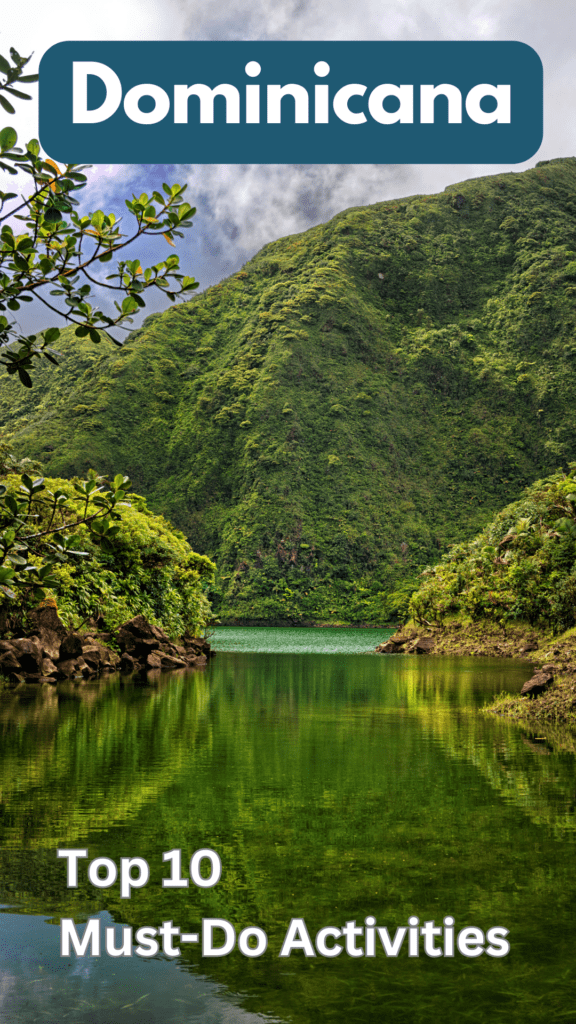

An Overview of Whale Species in Dominican Waters
In the waters off Dominica, you can behold the grandeur of the ocean’s gentle giants. The most famous residents are the sperm whales, prevalent throughout the year. Alongside them, the acrobatic humpback whales make a seasonal appearance, creating a spectacular display of nature’s wonders.
Understanding the Whale-Watching Season
Your chance to encounter these magnificent creatures peaks from November to March, when the Caribbean waters become a haven for whales. This is the peak whale watching season, offering you higher chances of sightings amidst the island’s stunning natural beauty.
Importance of Samaná Bay
Samaná Bay is noteworthy for being not just a stunning location but also the site of the Sanctuary of the Humpback Whales. This bay is crucial for observing the majestic humpback whales who migrate to these warm waters for breeding, turning it into a top-tier whale watching destination.
Conservation Efforts to Protect Whales
Conservation is key to preserving Dominica’s status as a premium whale-watching spot. Initiatives to protect whale populations and their habitats are in place, ensuring that you can enjoy whale watching as part of a sustainable eco-tourism adventure.
Top 10 Whale Watching Activities in Dominicana
Dominicana offers unparalleled views and experiences for whale watching enthusiasts. Here, your adventure is enriched by the presence of humpback whales, which migrate through these warm Caribbean waters.
Embarking on Organized Whale Watching Tours
Organized whale watching tours are your ticket to an unforgettable journey in the Dominican Republic. Expert guides will lead you to prime locations where you can witness humpbacks breaching and playing in their natural habitat. These guided tours ensure a safe and responsible way to observe these majestic creatures.
Exploring the Waters Around Samaná Peninsula
The Samaná Peninsula is renowned for its whale watching, thanks to the crystal-clear waters and the presence of the Sanctuary of the Humpback Whales. Boat tours operate in this area, giving you a chance to see whales up close during their mating season.
Visiting Cayo Levantado and Bacardi Island
Cayo Levantado, also known as Bacardi Island, is a beautiful spot near Samaná Bay where whale watching combines with pristine beaches. After your whale-watching tour, you can relax on the beach or indulge in snorkeling in the turquoise waters.
Experiencing Local Boat Rides and Catamaran Trips
For a different perspective, consider a local boat ride or a catamaran trip. These experiences often include snorkeling stops, where you might get the chance to swim with the whales under supervision, ensuring a memorable and respectful interaction.
Enjoying Wildlife and Nature on a Safari Adventure
While the ocean offers its own charm, don’t miss out on safari adventures that showcase the Dominican Republic’s rich nature. Combined with whale watching, a safari can give you a glimpse into the biodiverse environment of greenland areas and more.
Remember to respect the marine environment and adhere to regulations to ensure these magnificent creatures are protected for generations to come.
Planning Your Whale Watching Trip
Embarking on a whale watching adventure in the Dominican Republic can be an exhilarating experience. This section will guide you through selecting the optimal time for your visit, picking a reputable tour operator, and ensuring you’re well-prepared for your boat tour, all while understanding the importance of adhering to rules and safety measures.
Selecting the Best Time to Visit
The whale watching season in the Dominican Republic typically runs from mid-January to late March, with peak opportunities in February—which coincides with the mating season. During this period, you have the best chance to see humpback whales, especially in the Samaná Bay area.
Choosing the Right Whale Watching Guide or Tour Operator
When selecting a tour operator, look for one with a marine mammal specialist on board, like Kim Beddall, to enhance your experience with their expertise in whale behavior. Providers listed on Viator or those that can be booked through reputable services like Metro Bus and Caribe Tours are often reliable choices. Ensure that the tour offers not just sightings but also additional amenities such as snorkeling, drinks, and lunch to make the most of your day at sea.
Preparing for Your Boat Tour
Before you board, it’s essential to pack seasickness medication if you’re prone to motion sickness, given varying sea conditions. Also, take along binoculars for a better view and wear layers, as it can be cooler on the water. Confirm whether your selected tour provides meals or if you should bring your own lunch.
Understanding the Rules and Safety Measures for Whale Watching
Your safety and the protection of the whales are paramount. Adhere to the tour’s rules—which will include keeping a safe distance to avoid disrupting the whales, particularly when they are breaching. Listen to your guide’s safety briefing before departing, and if instructed, always wear a life jacket. Remember, responsible whale watching is about observing and appreciating these majestic creatures without causing them harm.
Beyond Whale Watching: Other Attractions in Dominican Republic
While the Dominican Republic is famed for its whale-watching adventures, the country offers a rich tapestry of other attractions. From sun-kissed beaches to cultural landmarks, your trip can be as relaxed or adventurous as you desire.
Discovering the Beauty of Dominican Beaches
Punta Cana: Known for its pristine beaches, here you can lounge on the white sands of Bavaro Beach or take a day trip to the secluded sands of Cayo Levantado, also known as Bacardi Island.
Las Terrenas: Offering a more laid-back vibe, Playa Bonita is perfect for those seeking tranquility by the sea.
Exploring Ecotourism: Waterfalls and Natural Reserves
- Damajagua Waterfalls: 27 breathtaking falls where you can hike, swim, and slide.
- Ebano Verde: A natural reserve preserving the island’s natural habitat, perfect for a serene escape.
Ecotourism in the Dominican Republic lets you immerse yourself in nature while supporting conservation efforts.
Experiencing the Richness of Dominican Culture
Your cultural journey might start in the bustling, historic streets of Santo Domingo, the nation’s capital, where museums stand testament to the rich history. In Puerto Plata, the San Felipe Fortress and the Amber Museum echo the stories of the past. Small towns like Las Terrenas offer a glimpse into the lives of local fishermen.
Adventure and Relaxation: From Snorkeling to Spa Days
For adventure-seekers, Punta Cana’s coral reefs are a snorkeling paradise, harboring colorful marine life. End your day with relaxation at a luxury spa, where pampering is prioritized.
Sampling Local Cuisine and Drinks
- Dominican Lunch: Enjoy a traditional “La Bandera”, a flavorful combination of rice, beans, meat, and salad.
- Drinks: Refresh with a mamajuana, the signature Dominican drink made from rum, red wine, honey, and herbs.
Indulge in the local cuisine and drinks to experience the Dominican Republic’s festive culinary spirit.
Frequently Asked Questions
Embarking on a whale watching adventure in the Dominican Republic raises several questions. This section aims to answer the most commonly asked questions to ensure you have a memorable experience.
What is the peak season for whale watching in the Dominican Republic?
The peak season for whale watching in the Dominican Republic is from mid-January to late March. This period offers the highest likelihood of spotting humpback whales as they migrate to the warm Caribbean waters for breeding.
Which locations in the Dominican Republic are recommended for the best whale watching experiences?
Samana Bay and Puerto Plata are prime spots for whale watching in the Dominican Republic. Samaná Bay, especially, is renowned for being a sanctuary for humpback whales, providing exceptional viewing opportunities.
Are there opportunities to go snorkeling with whales in the Dominican Republic?
As an essential protective measure for both humans and whales, snorkeling with whales is not typically offered in the Dominican Republic. Watching these magnificent creatures is conducted at a safe distance from the boats.
What type of whales can be commonly observed in the waters of the Dominican Republic?
Humpback whales are the most commonly observed species during the whale watching season in the Dominican Republic. These whales visit the island’s waters to mate and give birth, offering an extraordinary spectacle.
How does the whale watching experience in Samaná compare to other regions in the Dominican Republic?
Whale watching in Samaná is considered one of the most impressive in the Dominican Republic due to the concentration of humpback whales in its bay, which is a designated whale sanctuary, leading to remarkable encounters.
Are there guided tours for whale watching available in areas like Punta Cana and Puerto Plata?
Yes, guided tours for whale watching are available from locations such as Punta Cana and Puerto Plata. These tours typically offer expert commentary and can enhance your whale watching experience.

